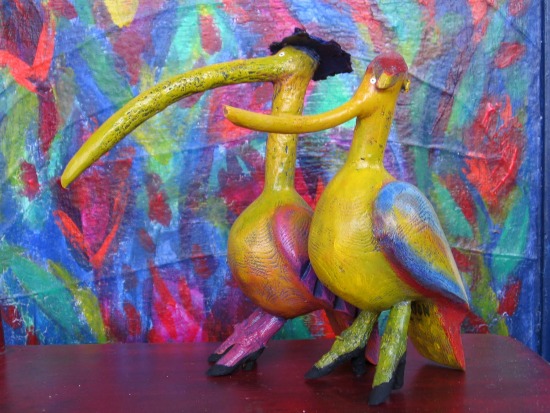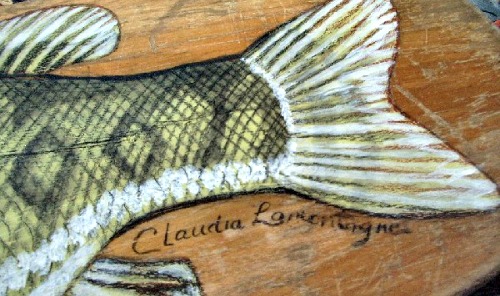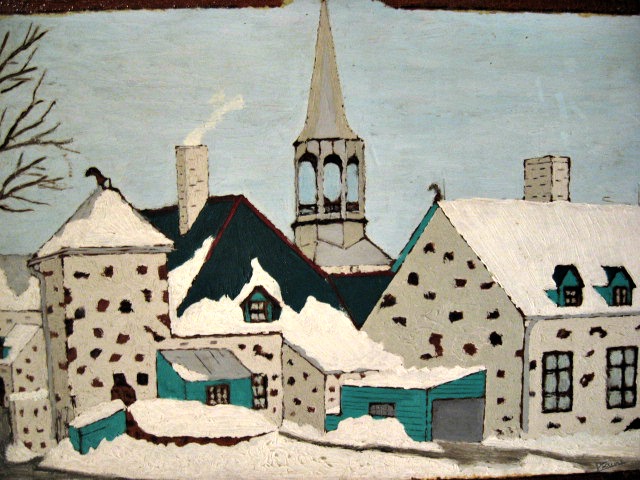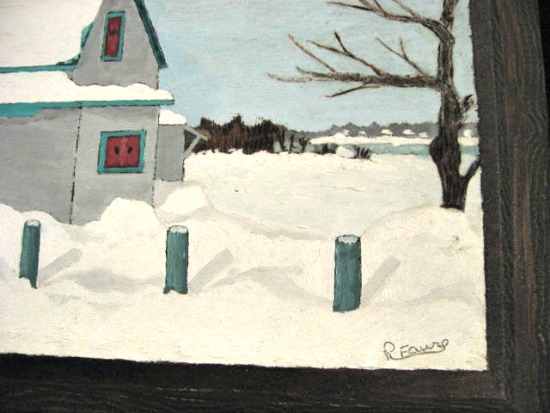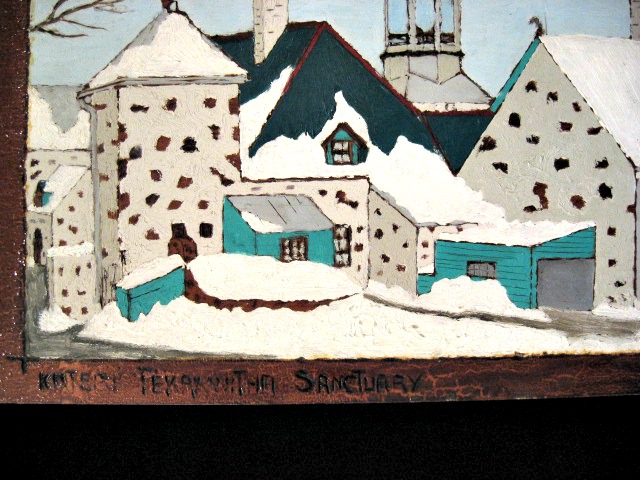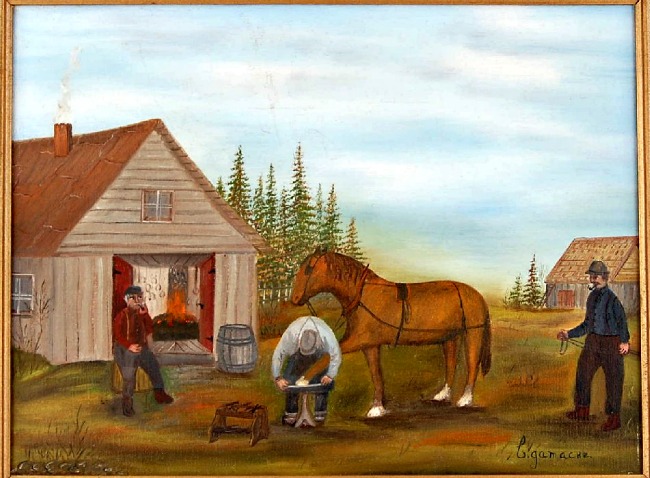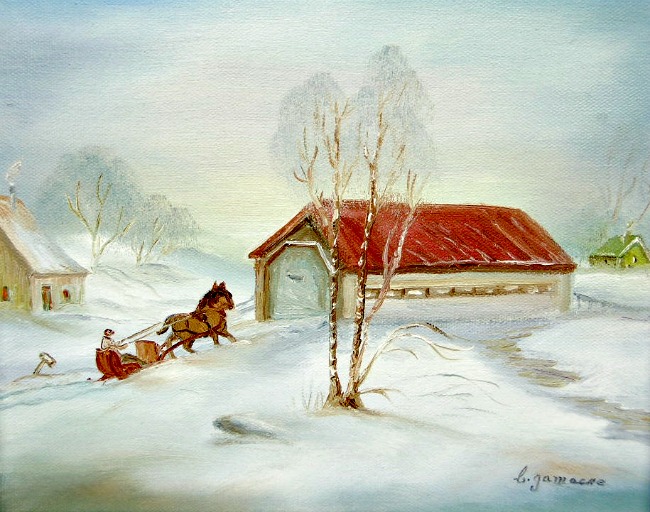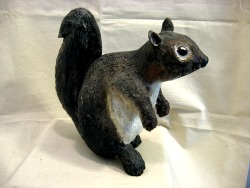Danielle Samson. Sculptor. Wood carver. St-Ilois, Quebec. Active 2000-.
Danielle Samson makes sculptures of birds from ‘as found’ materials. Particularly driftwood but any root or branch that she comes across. She can be very tongue in cheek with her shapes and her colours and usually adds social commentary to her work. She seems to prove that any shape or form of ‘found’ wood can be made to ‘fly’. She is self taught and can be found in her studio in St. Ilois on the shore of the Gulf of St. Lawrence. Some examples of her work are shown below. (Taken from her Blog-site.)
A group of three birds by Danielle Samson:
A Pair of Well Dressed Birds by Danielle Samson. St-Ilois, Quebec:
From a showing at the museum of Kamouraska, Quebec:
Danielle Samson “sur l’art populaire’:
C’est de l’art qui ne se prend pas au sérieux. C’est accessible à tout le monde. Il faut que ça reste simple. C’est pour ça que c’est populaire. On ne se pose pas 30 000 questions pour savoir ce que ça veut dire : ça saute aux yeux. Il y a une dimension ludique, humoristique et poétique. Souvent, on reproduit ce qui nous tient à cœur. L’art populaire peut servir à faire passer des messages, mais il n’a pas forcément de dimension sociale. C’est un art qui est plutôt ancré dans le quotidien. Enfin, tout dépend de l’artiste.
“While ‘Folk Art’ can have a message; it is usually anchored in the day to day life of the artist.” This holds true from the early outsider artists to Quebec’s Danielle Samson today.
The confusion between folk ‘arts’ and folk art can be resolved by function. If the work has a function of any kind – to attract a duck, or cover the floor or even sit on, it is isn’t Folk Art. Folk Art like all visual art has no function except to look at. Eye (and occasionally mind) candy.

